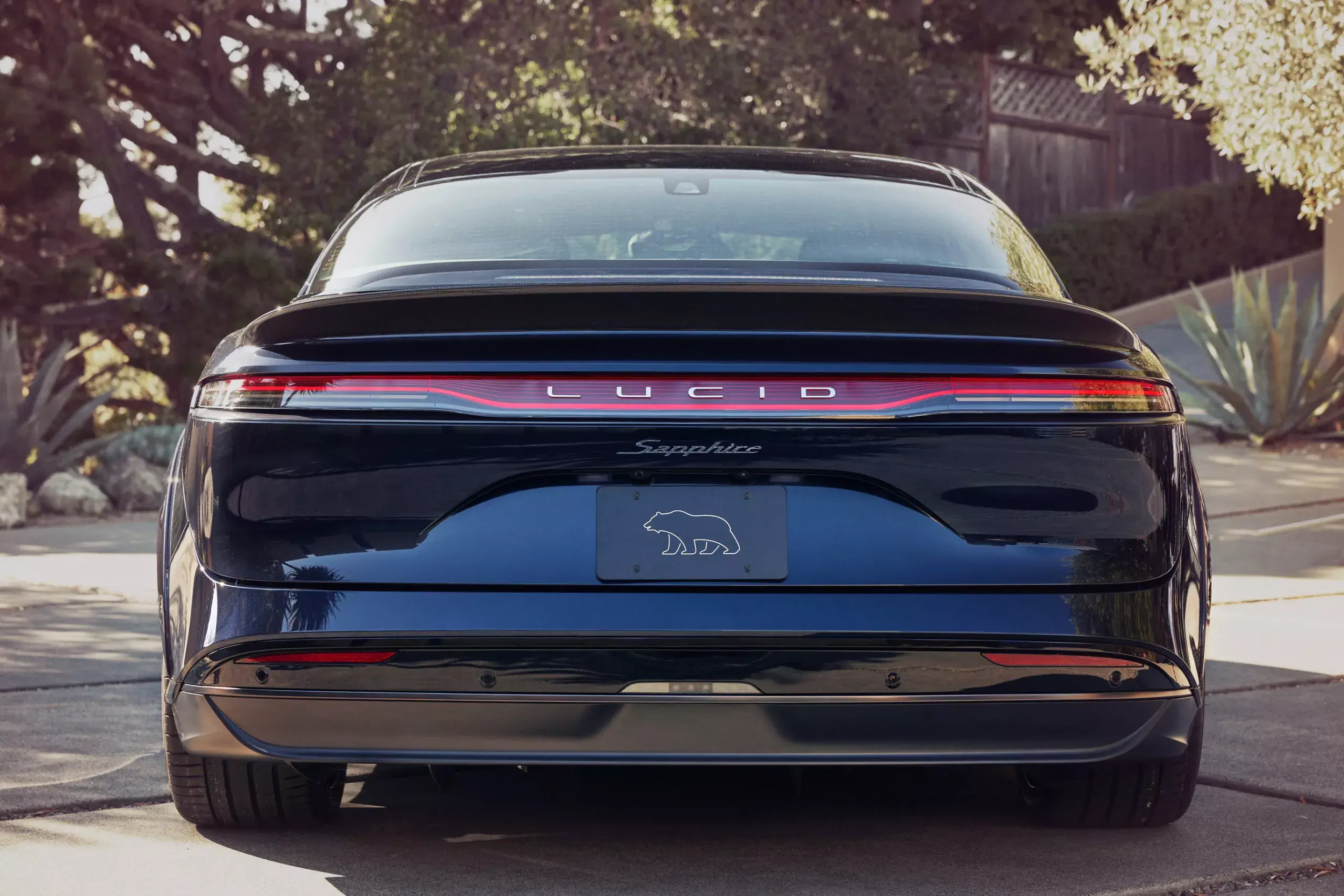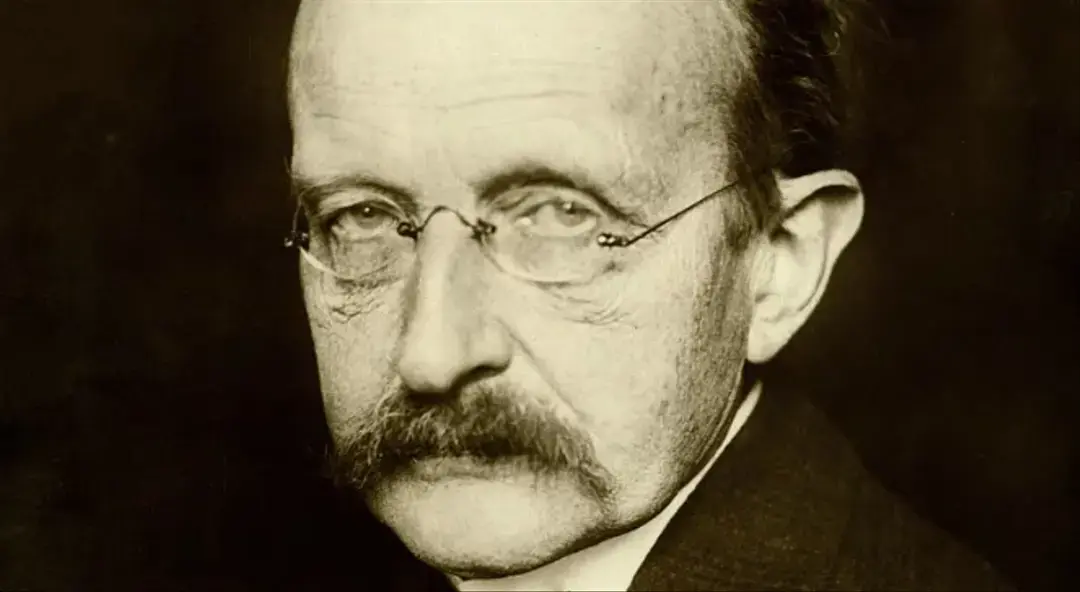Aktywne Wpisy

edenptlg +277

Nacho_Libre +18
#sluchamzlastfm #sluchamzlastfm2 #muzyka #spotify #lastfm
Dzień dobry,
W ten niedzielny poranek zapraszam do cotygodniowego Waszego zestawienia najczęściej słuchanych albumów w serwisie last.fm w kończącym się tygodniu.
Słucham
Dzień dobry,
W ten niedzielny poranek zapraszam do cotygodniowego Waszego zestawienia najczęściej słuchanych albumów w serwisie last.fm w kończącym się tygodniu.
Słucham





In the years following World War II, the world was obsessed with futuristic designs, technological advancements, and the promise of a brighter tomorrow. One of the most ambitious and striking products of this time was the 1946 "bicycle of the future," a concept designed by industrial designer Benjamin Bowden. It was a bold vision of what bicycles could become, embodying the optimism and aesthetic of mid-century modern design, blending form, function, and a hint of science fiction.
The Origins of the Design
Benjamin Bowden, a British-born designer known for his work in the automotive industry, unveiled his futuristic bicycle at the "Britain Can Make It" exhibition in 1946. The post-war world was eager for innovative designs that symbolized progress, and Bowden’s bicycle seemed like a promise of things to come. Its streamlined appearance and sleek, flowing curves set it apart from any other bicycle on the market at the time.
The design, initially called the “Classic,” was a sharp departure from the conventional bicycle frame, replacing the standard tubular steel with a futuristic monocoque body made from pressed aluminum, which gave it its smooth, seamless appearance. The frame was designed to be lightweight and sturdy, housing a host of novel features, including built-in lights powered by a dynamo integrated into the body, a built-in storage compartment, and shock-absorbing rubber bushings for a smoother ride.
The Vision of the Future
Bowden’s bicycle was envisioned as more than just a mode of transport; it was a symbol of what everyday objects might look like in the technological utopia many believed was just around the corner. The bicycle’s design borrowed heavily from the aesthetics of the era’s automobiles, with its sleek, aerodynamic body and the sense of movement even when standing still. The flowing lines and futuristic shape of the bike hinted at the space-age dreams that would dominate design and technology in the decades to come.
One of the bike's standout features was its self-powered lighting system. In a time before battery-powered lights became commonplace, this was a radical idea. The dynamo-powered lights, encased within the frame, symbolized the idea that the bicycle was a self-sufficient, forward-thinking machine—a perfect reflection of the post-war push towards self-reliance and modern efficiency.
The Spacelander Is Born
Although Bowden had high hopes for his creation, it took more than a decade for the bicycle to finally go into production. When it did, it was under the name "Spacelander," in 1960. By that time, the design had been further developed, with the body being made from fiberglass, a material that symbolized the space age and modernity of the time.
The Spacelander was marketed as the bicycle of the future, but despite its bold design and innovative features, it was a commercial failure. The cost of producing the fiberglass frames was high, and at $89.50, it was far more expensive than a traditional bicycle, pricing it out of reach for most consumers. Only about 500 Spacelanders were ever produced, making them a rare and coveted item among collectors today.
A Legacy of Innovation
Though the Spacelander did not find commercial success, its influence can still be seen today. The bicycle stands as a testament to post-war optimism and the belief that the future could be shaped by innovation and design. Bowden’s work helped pave the way for the modern bicycle industry, which continues to experiment with new materials, streamlined forms, and futuristic concepts.
In hindsight, the Spacelander embodied a unique moment in design history, where form and fantasy intertwined, and the idea of a better future was expressed through everyday objects. Today, the Spacelander is revered as an iconic piece of mid-century design, symbolizing not only the technological hopes of the 1940s and 1950s but also the enduring appeal of creative vision and forward-thinking innovation.
Collectors and design enthusiasts alike seek out these rare bicycles, paying tribute to Bowden’s dream of a world where even a simple bicycle could be a glimpse of the future.
#rower #ciekawostki #ciekawostkihistoryczne #artdeco #sztuka #sztukauzytkowa #chcialbymumicangielski
źródło: temp_file5374596270439304240
Pobierz@rrobot: fajna rama
:P